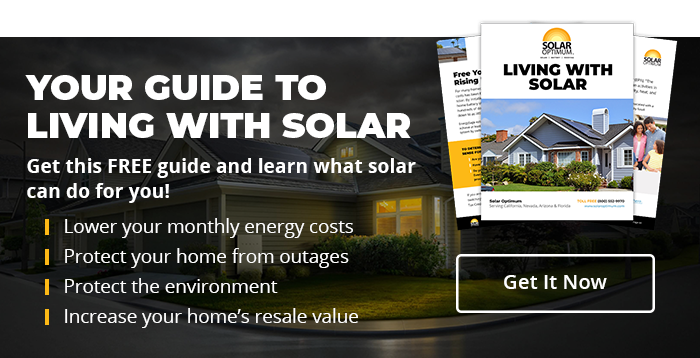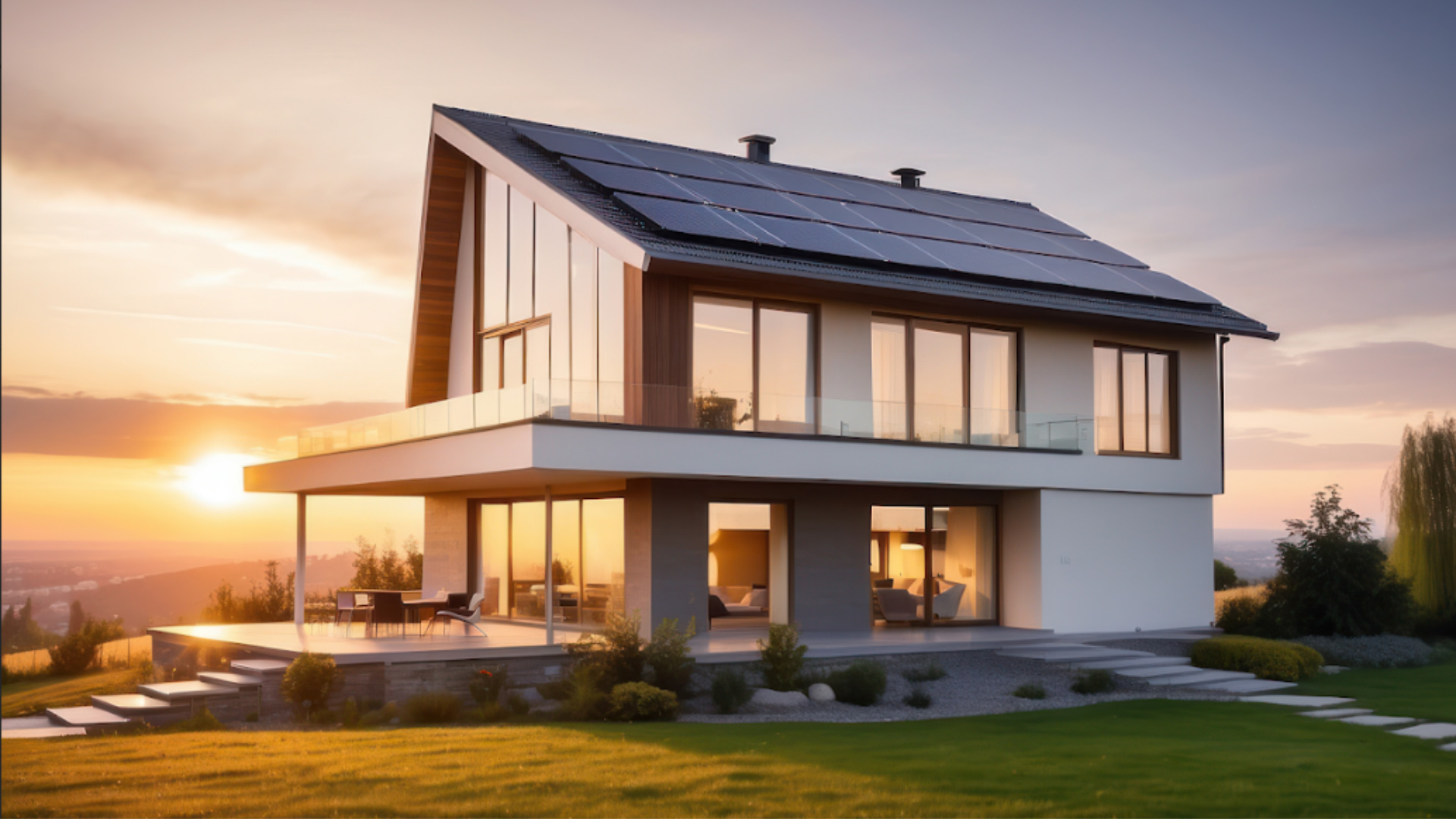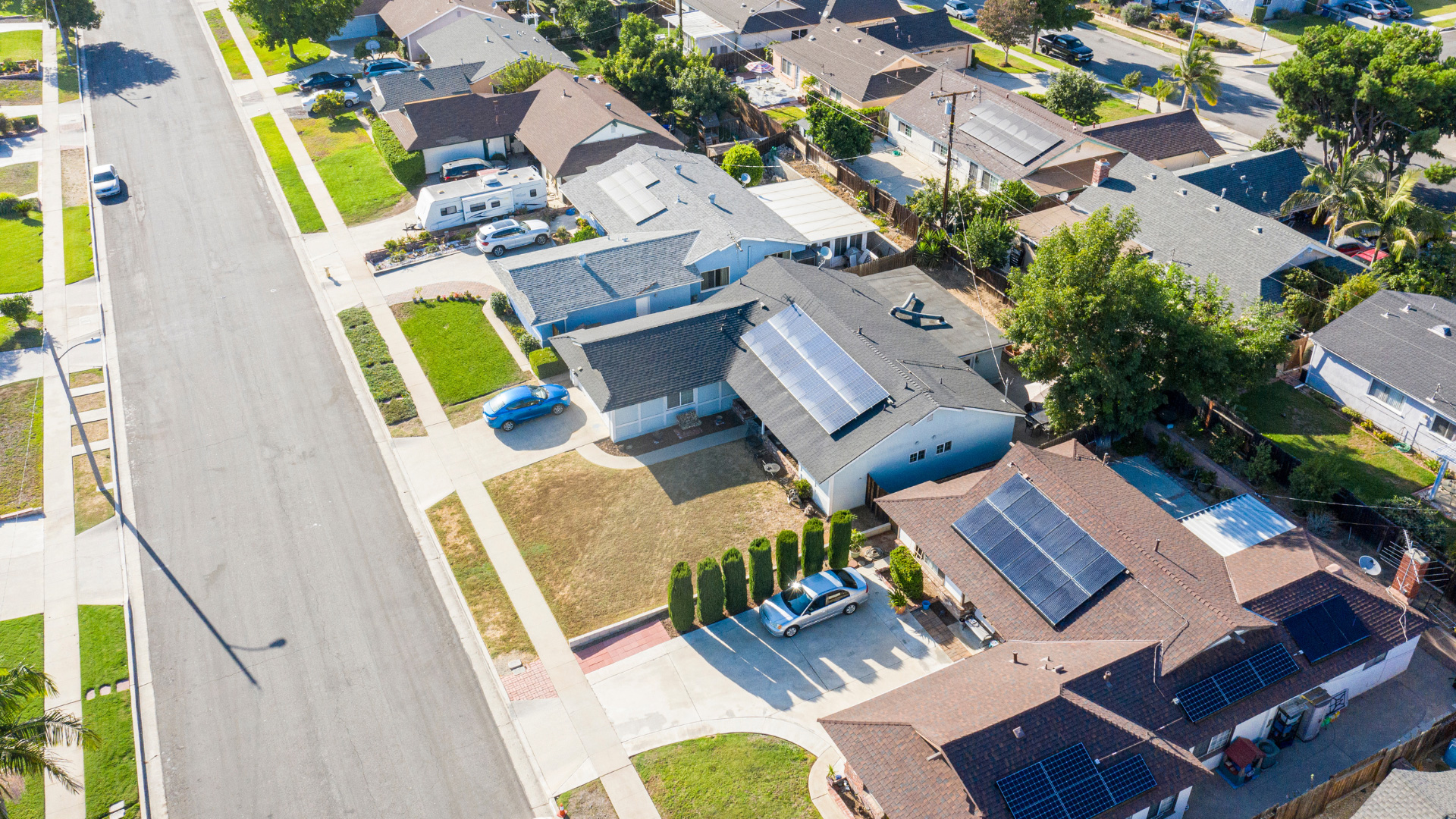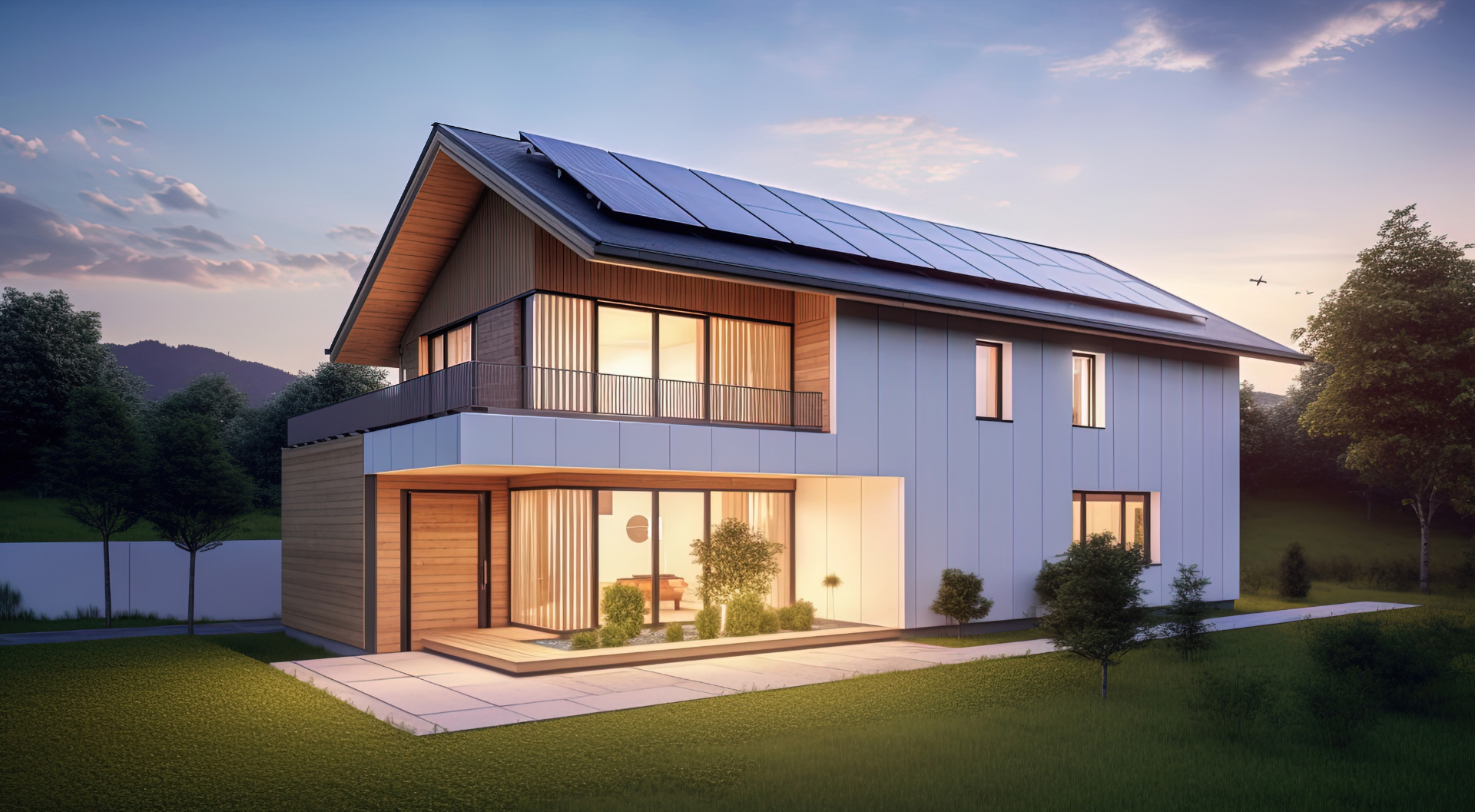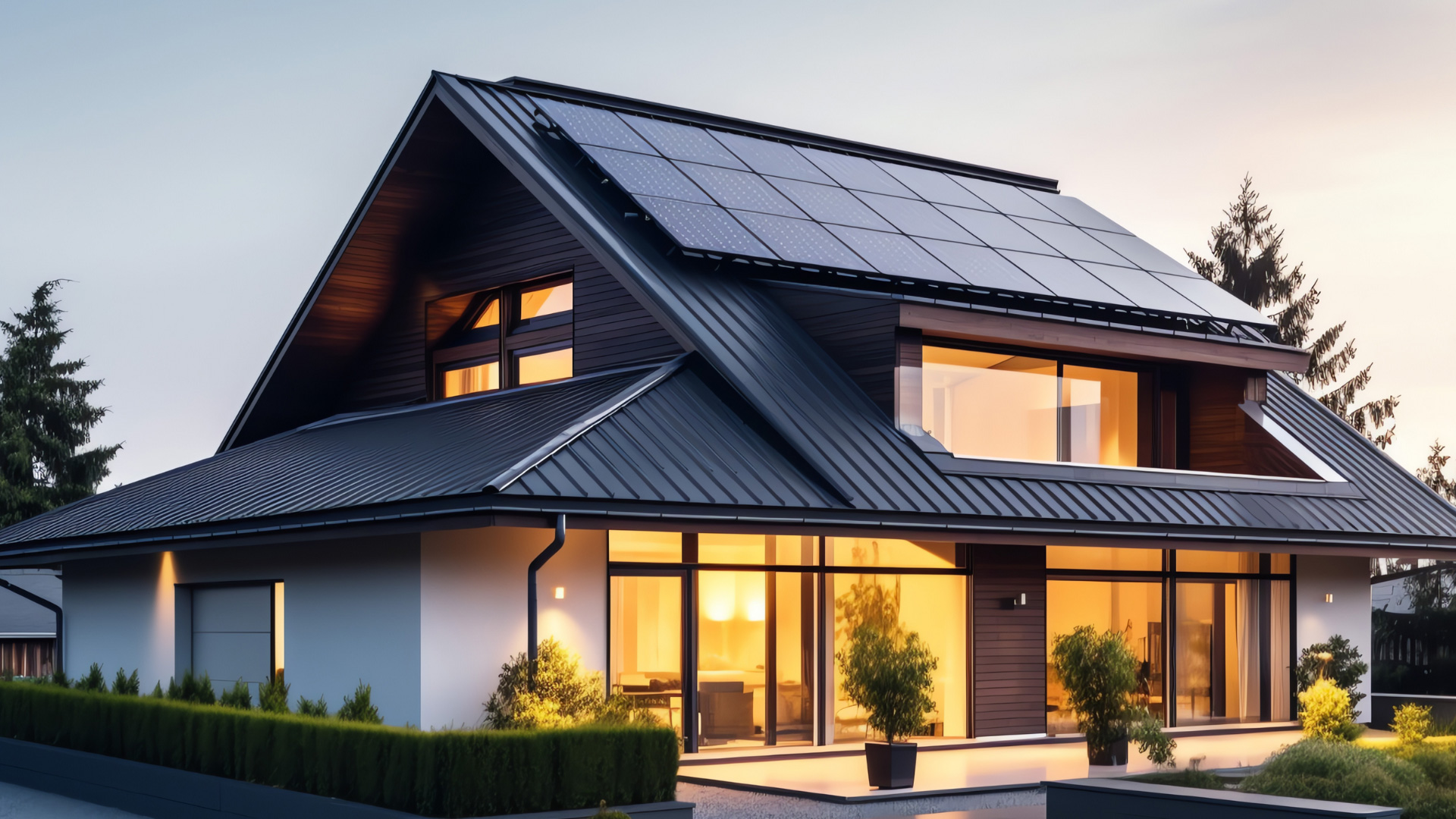More than ever, homeowners are looking to take advantage of the cost-saving benefits of solar energy. While installing solar panels can be a significant investment, a cash purchase is not the only payment option. There are two ways to pay for a solar panel installation with minimal upfront cost: solar leases and power purchase agreements (PPA). This post will delve into these two common payment methods so you can choose which one is right for you.
What Is a Solar Lease?
A solar lease is a partnership between a homeowner and a solar leasing company. The leasing company owns the actual solar panels, but the homeowner enjoys the benefits and the electricity that’s generated.
What Are the Benefits of a Solar Lease?
A solar lease eliminates the upfront costs of buying solar panels outright. Rather than paying for the installation all at once, customers make monthly lease payments to the equipment owner to power their homes with solar energy. This allows homeowners to start saving with their solar panels right away – even if they don’t have the funds to pay for them in full.
Because the solar leasing company still technically owns the panels, they also maintain them.
If a panel breaks or malfunctions, it can be repaired or replaced at no additional cost.
What Are the Drawbacks of a Solar Lease?
With a solar lease, a monthly leasing fee will have to be paid until the leasing agreement ends, typically 20-25 years. Also, homeowners under a lease are not eligible for the federal tax credit or other solar incentives. If the home is sold before the lease expires, the new buyers become responsible for taking it over or paying off the full amount.
What Is a Solar PPA?
Just like a solar lease, a solar PPA (power purchase agreement) involves a contract between the homeowner and the solar provider — but in this case, the amount of energy used is factored in. Exact costs fluctuate based on monthly energy consumption and can be rather high during some times of the year.
What Are the Benefits of a Solar PPA?
Just like with a lease, a PPA means the solar panels are owned by a third-party company. Repairs and maintenance are handled by the company free of charge, and there is less financial risk and upfront expenses involved.
What Are the Cons of a Solar PPA?
When a homeowner enters into a solar PPA, they do not qualify for solar tax incentives or rebates. During months when lots of electricity is consumed, the monthly payment will be higher. The homeowner is locked into a 15 to 25-year contract with a PPA and could face fees if that contract is ended early.
How Does a PPA Compare With a Lease?
With a solar lease, the homeowner pays a fixed monthly rate, regardless of how much energy is generated or consumed. When the lease expires, it can either be renewed, the company can take the panels back, or the panels may be available to purchase at market value.
With a solar PPA, the homeowner’s monthly rate will depend on the amount of energy used. Monthly payments are based on energy consumption at a fixed rate per kilowatt-hour (kWh) with the cost of renting the panels added in. While the monthly cost savings are less with either option than if the panels are financed or purchased outright, a solar lease offers a consistent, predictable monthly payment.
Go Solar for $0 Down With Solar Optimum Leasing
Solar energy is an affordable, clean source of power that can dramatically lower your monthly electric bill while raising the value of your home. With our $0 down leasing program at Solar Optimum, you can enjoy all the benefits without spending a single dollar upfront.
If you’re ready to take the first step on your solar journey, request a quote today.
